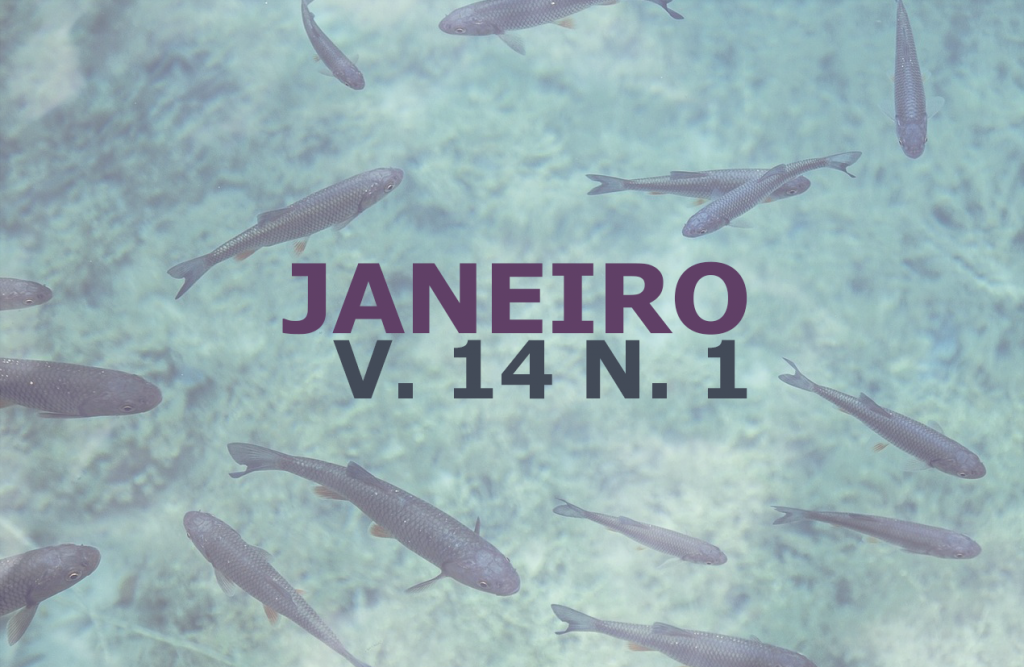Evaluation of different cutting heights
DOI:
https://doi.org/10.31533/pubvet.v14n1a496.1-7Keywords:
Harvest, crude protein, silageAbstract
This work aims to evaluate the agronomic, bromatological and economic performance of a corn hybrid for silage production, considering different cutting heights. The objective was to evaluate ways of obtaining a silage with better nutritive value and productivity of DM, trying to study the effects of raising the cutting height of corn silage of 0, 15, 30 and 45 cm and also to evaluate the amount of mineral composition and economic value of the material remaining in the soil after cutting to silage. The experiment was carried out at the Agricultural Center of the Federal Institute of the Southeast of Minas Gerais – Campus Barbacena. The corn planting took place in November 2017/2018 harvest. The species used was a precocious, early-cycle hybrid with two Bt insecticidal proteins that provide control of the carcass caterpillar, spider caterpillar and berry borer, as well as tolerance to glyphosate. The harvest was made at 109 days, with 29% DM with harvest point determined as base in the milky 2/3 milk line. After harvest, the crushed material was ensiled in experimental small silos, made of PVC pipe, where it remained for 60 days. Once the silos were opened the collected samples were sent for laboratory analysis. The experimental design was completely randomized, containing 7 experimental plots equally divided into 4 treatments. The data were submitted to analysis through the Sisvar 5.6 program. A variance analysis was performed, where the means were compared and tested by the Tukey method, at a 5% probability level. The remaining material was collected, chopped and ground, and samples were also sent for laboratory analysis. The variation in cutting height did not affect the bromatological composition of the silage. The cut cutting heights did not influence on the silage DM production. It was verified that, in the silage production, the cutting height 30/45 cm returned to the soil nutrients that generate a considerable financial value thus reducing production costs and provided a return of nutrients such as phosphorus and potassium to the soil, with an estimated financial return and the possibility of favoring a better management of the soil in planting a new corn crop or another successor crop.
Downloads
Published
Issue
Section
License
Copyright (c) 2020 Luiz Anselmo Souza, Wellyngton Tadeu Vilela Carvalho, Renata Vitarele Gimenes Pereira, Hemerson Alves de Faria, Duarte Carvalho Minighin, Queila Gouveia Tavares, Carlos Henrique Milagres Ribeiro, Lucas Vieira Silva, Luiz Edvaldo Teixeira, Guilherme Almeida Martins

This work is licensed under a Creative Commons Attribution 4.0 International License.
Você tem o direito de:
Compartilhar — copiar e redistribuir o material em qualquer suporte ou formato
Adaptar — remixar, transformar, e criar a partir do material para qualquer fim, mesmo que comercial.
O licenciante não pode revogar estes direitos desde que você respeite os termos da licença. De acordo com os termos seguintes:
Atribuição
— Você deve dar o crédito apropriado, prover um link para a licença e indicar se mudanças foram feitas. Você deve fazê-lo em qualquer circunstância razoável, mas de nenhuma maneira que sugira que o licenciante apoia você ou o seu uso. Sem restrições adicionais
— Você não pode aplicar termos jurídicos ou medidas de caráter tecnológico que restrinjam legalmente outros de fazerem algo que a licença permita.





